InTrans / Feb 21, 2018
Transportation on the ‘Last Frontier’
Go! Magazine
 posted on February 21, 2018
posted on February 21, 2018
To understand transportation in Alaska, you first need to understand the state itself, including the landscape that earns the “Last Frontier” its nickname.
Alaska officially became a state in 1959, but its geographic location separates it from the rest of the lower 48. It has five distinct regions: Inside Passage, Southcentral, Southwest, Interior, and Far North. In the Far North, Alaska has territory that extends all the way up into the Arctic Circle. Winter temperatures in the Arctic Circle, the northernmost circle of latitude on the globe, can fall below 50 °F.
And Alaska is full of wilderness. Whether its mountain ranges, glaciers, or massive frozen lakes and ice-covered tundra, the states’ landscape and climate pose natural challenges for your typical means of transportation. But some things remain the same—for example, Alaskan residents drive, on average, just as much as anyone else in the county. That said, transportation in Alaska often goes to the extreme to get people and supplies from Point A to Point B.
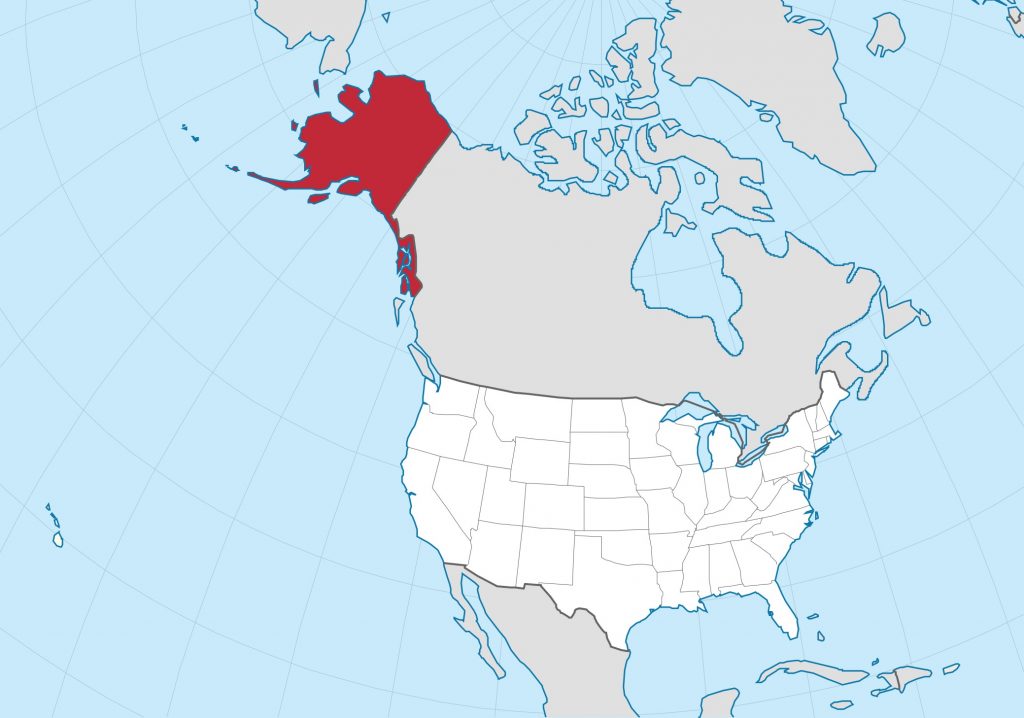
Flight as a way of life
Whether it be to get into or across the state or just to get the mail, Alaskans often rely on aircraft like airplanes and helicopters. Flight is one of the most important means of transportation in Alaska. In fact, for some inhabitants and visitors, flying is the only viable way to get around. With only a small section of the state accessible by road, aircraft is considered a means of survival.
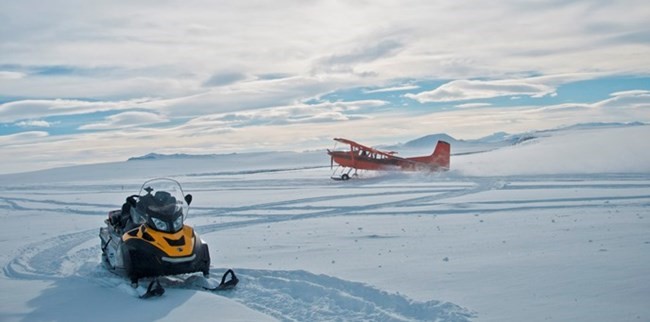
And the state has plenty of pilots to match. In fact, there is an entire culture based around aviation. Alaska has about six times more pilots and 14 times more aircraft to each person than the rest of the 49 states combined. In 1996, one in every 58 Alaskans was a registered pilot. Today, about 1 percent of the state’s residents are pilots, and it’s said that the number of people in Alaska who have not flown is very small.
All-terrains all the time
Another solution to transportation in Alaska is an “all-terrain” vehicle like a snowmobile or Alaskan dog sled. Snowmobiles can be used to bring in deliveries to entire communities, or just to get from place-to-place too.
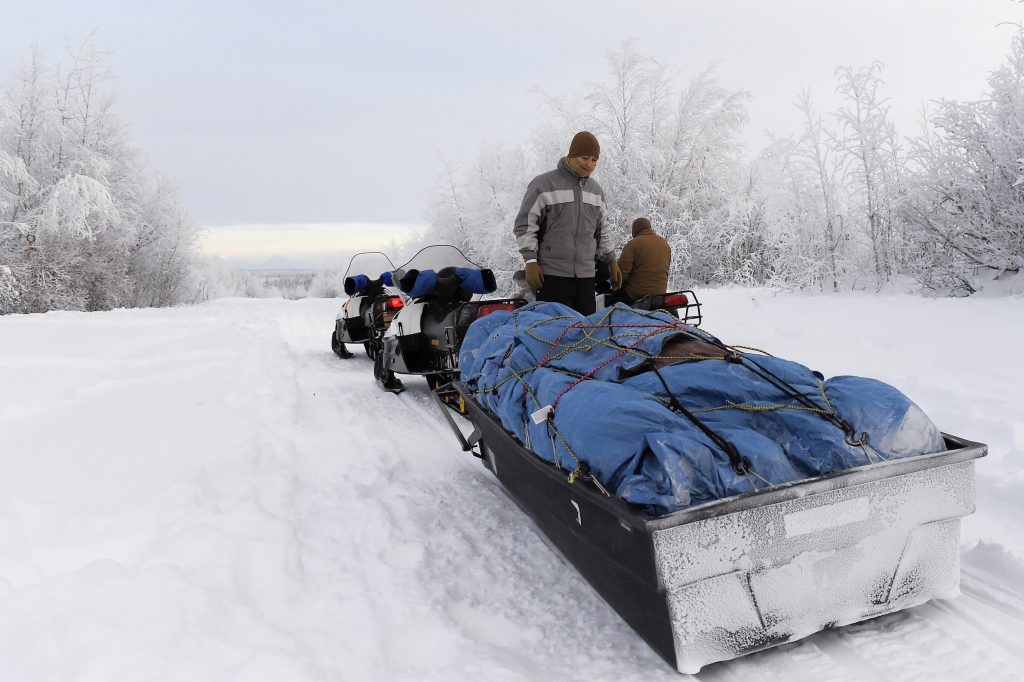
The ability to navigate the landscape is especially important in sparsely populated communities, where transportation needs extend beyond paved roads. In fact, before snowmobiles and other modern forms of transportation were brought to Alaska, dog sleds made by Native Alaskans were the best way (and often the only way) to get around the snow and ice-ridden landscape. In fact, these innovative dog sleds are still used by the Native Alaskan population—and others who have adapted the design—today.
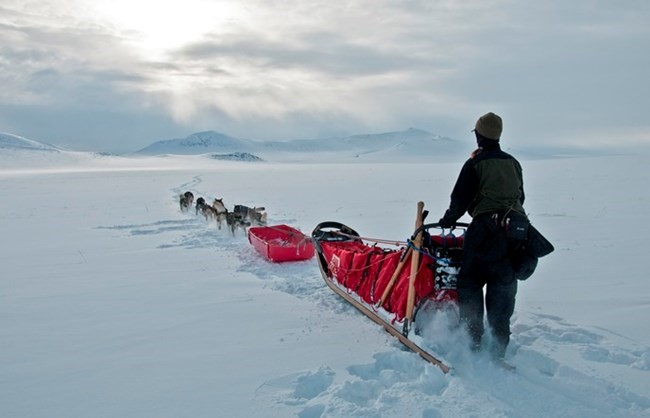
Transportation systems
With all that said, Alaska’s residents don’t get from place-to-place just by flying and riding snowmobiles—at least not exclusively. We’ll talk about them more individually, but there are many important systems and methods of transportation that are essential for getting food, clothes, and other necessary supplies to those who live in the state, including the Alaska Railroad, Alaska Marine Highway, and Lake Hood seaplane base.
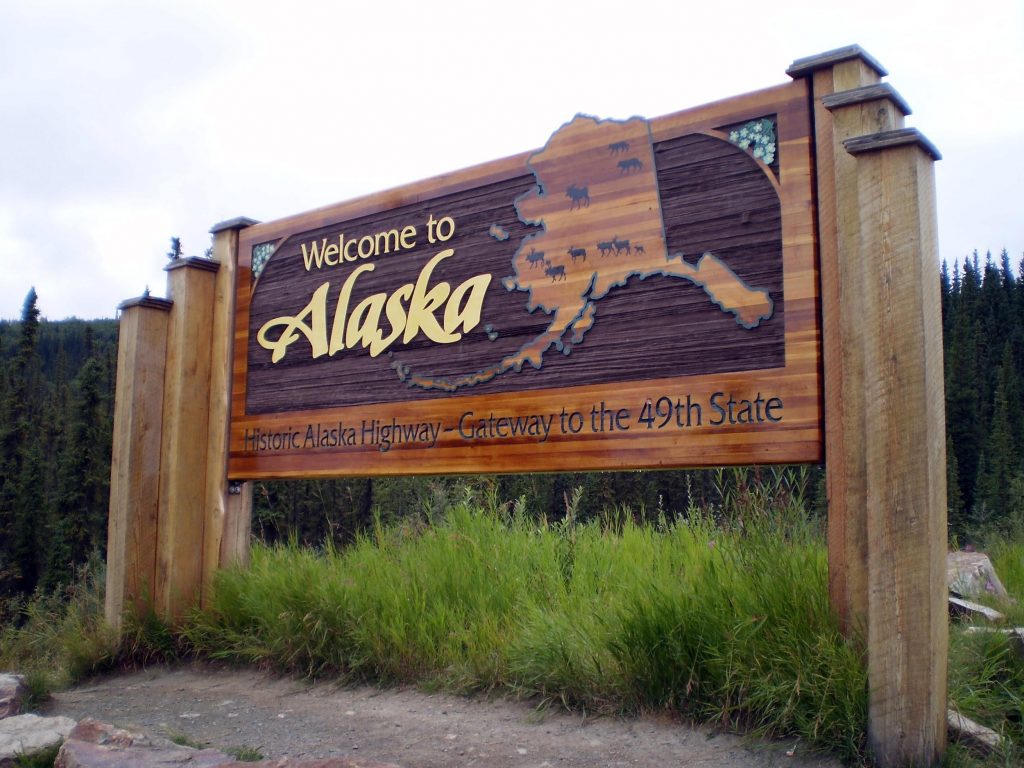
It takes many modes of transportation to get goods to residents. But lastly, it should be made clear that many Alaskans drive around the state using their own vehicles. During warmer months, or in populated areas that are more developed and have more solid roadway networks, residents in Alaska can get anywhere they need to go by car. There are about 82 vehicles to every 100 Alaskans, and there are 73.8 drivers in Alaska in every 100 people.
References
alaska.gov/kids/learn/transportation.htm
www.travelalaska.com/Destinations/Regions.aspx
generalaviationnews.com/2013/05/15/the-truth-about-flying-in-alaska/
Related links
(NPS blog) Of Dogs & Wilderness, Immersion: www.nps.gov/gaar/of-dogs-and-wilderness-immersion.htm
(NPS blog) Of Dogs & Wilderness, Working Dogs: www.nps.gov/gaar/of-dogs-and-wilderness-working-dogs.htm
(Photo story) Beaver Wild and Scenic River, Alaska: www.flickr.com/photos/mypubliclands/35799889754
(Article) Three airmen participate in dog-sled expedition: www.af.mil/News/Article/136876/three-airmen-participate-in-dog-sled-expedition/
(Article) The truth about flying in Alaska: generalaviationnews.com/2013/05/15/the-truth-about-flying-in-alaska/
By Hannah Postlethwait, Go! Staff Writer